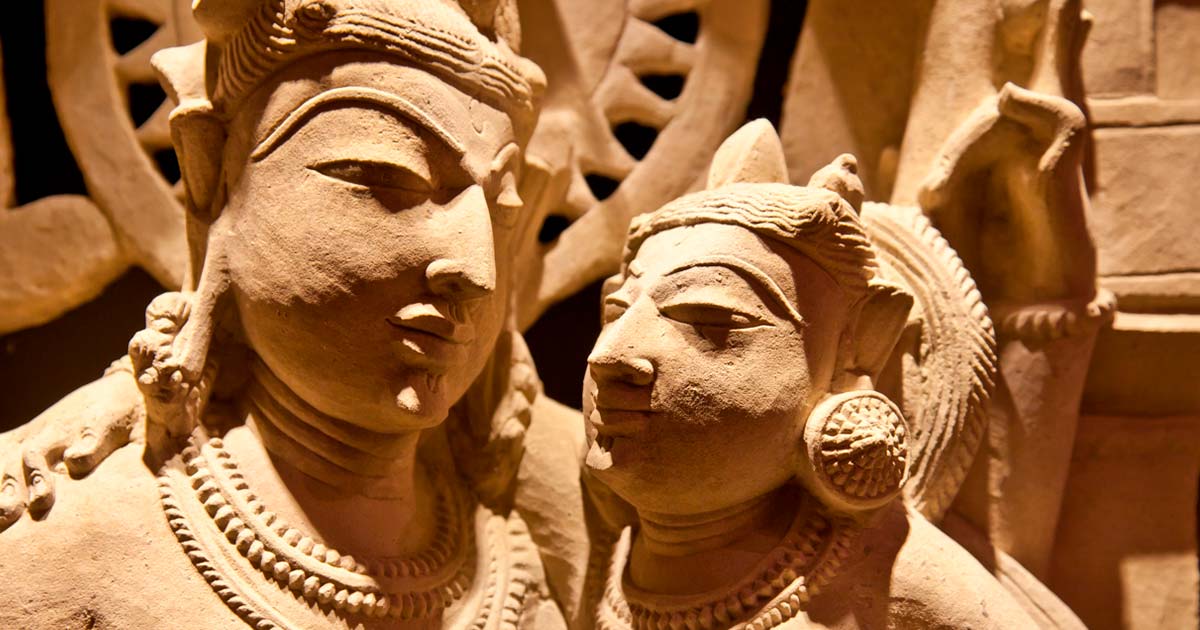The Kama Sutra: It’s Not Just About Sex (Video)
The Kama Sutra, known for its acrobatic sex positions, is often misunderstood. Contrary to popular belief, it lacks explicit pictures and covers more than just sex. Translated from Sanskrit, it was compiled by philosopher Vatsyayana in the third century. British explorer Richard Francis Burton introduced it to a sexually repressed Victorian society. The Kama Sutra is a manual for luxury living, discussing home setup, arts, and relationship management. It challenges norms by acknowledging women's pleasure and questioning sex's purpose.
However, it also contains contradictions, such as lists of women not to be enjoyed and even justifications for rape. The Kama Sutra reflects elite life in ancient India, emphasizing the complexities of desire and social dynamics. Despite enduring fascination with its sexual aspects, its broader context is often overlooked. Understanding the book's multifaceted nature is crucial to appreciate its historical significance. The Kama Sutra transcends its reputation as a sex manual, offering insights into ancient Indian society and the delicate balance between pleasure and societal obligations.
- The Kama Sutra: Setting the Record Straight
- The Aphrodisiacs that Spiced Up Sex Lives in the Ancient World
Top image: Holy couple. Source: Paolo Gallo / Adobe Stock.

















